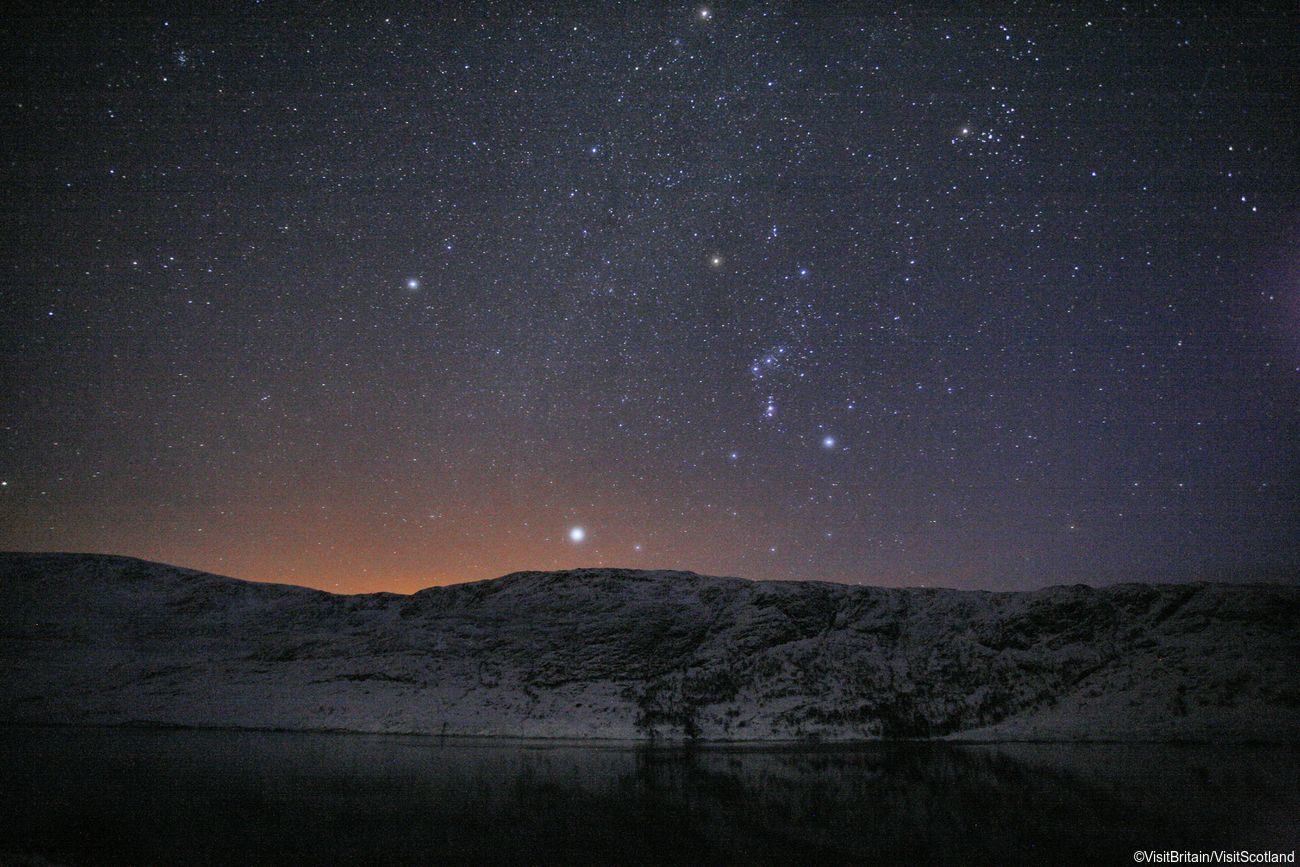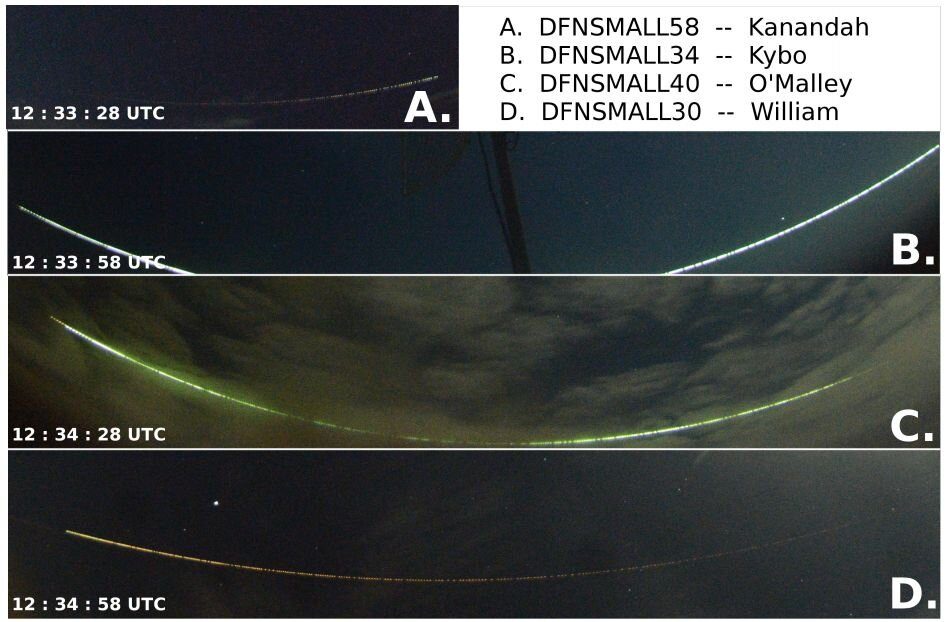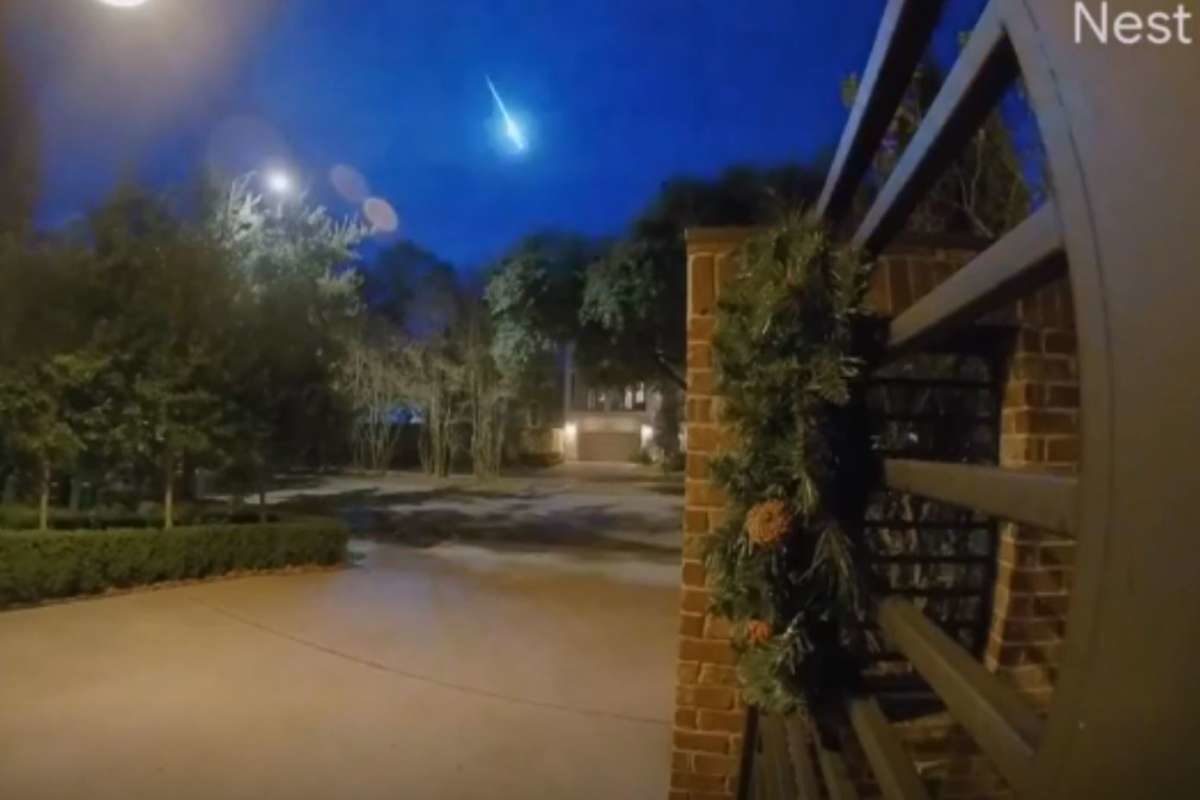
© VISITBRITAIN/VISITSCOTLAND
Stars and comets make unlikely dance partners. Their gravitational partnership is one that astronomers have long suspected but have never seen — until now.
For the first time, a Polish group has identified two nearby stars that seem to have plucked up their icy partners, swinging them into orbits around our sun.The astronomers found the stellar duo after studying the movements of over 600 stars that came within 13 light-years of the sun. The new findings validate a theory born more than a half-century ago, and in doing so have also shown just how rare these stellar dances can be.
Out on the far edge of the solar system, hanging like wallflowers around the planetary dance floor, is the
Oort Cloud. This icy group of objects were left over after the formation of the solar system, creating a giant shell enveloping our home system that extends from 66 times the distance to Neptune to 9.23 trillion miles (14.9 trillion kilometers) away from the sun. Astronomers think the Oort Cloud is a reservoir for long-period comets — those that take more than 200 years to orbit the sun.
Comet Hale-Bopp, which has a 2,500-year orbit, is one of the most famous of these long-period comets.
Since the cloud's existence was first proposed by Jan Oort in the 1950s, astronomers have suspected that every so often, a passing star might be able to pick up an object and send it swinging on a wild ride through our solar system; that ride would bring some of those comets streaming through the night sky for us to marvel at. Astronomers have spent years trying to find proof of these stellar dances, but none had been conclusively shown until now.



Comment: A video from a taxi driver's dash-cam captured the cause: a huge 'thunderbolt':
That is NOT normal for December in the UK!